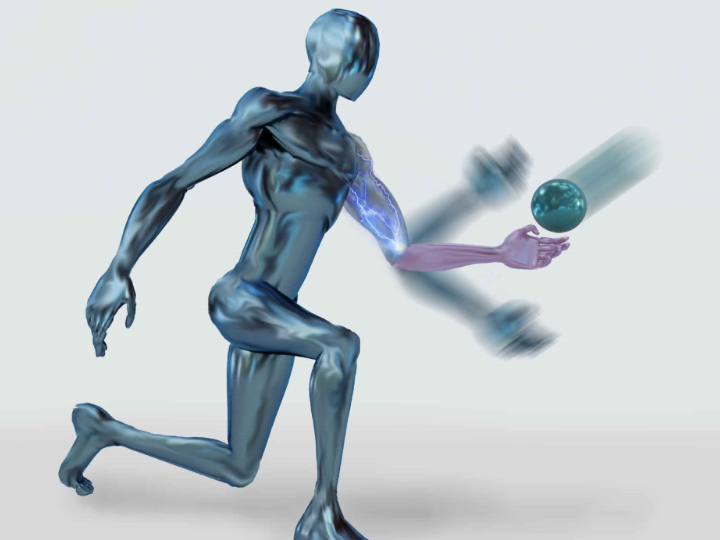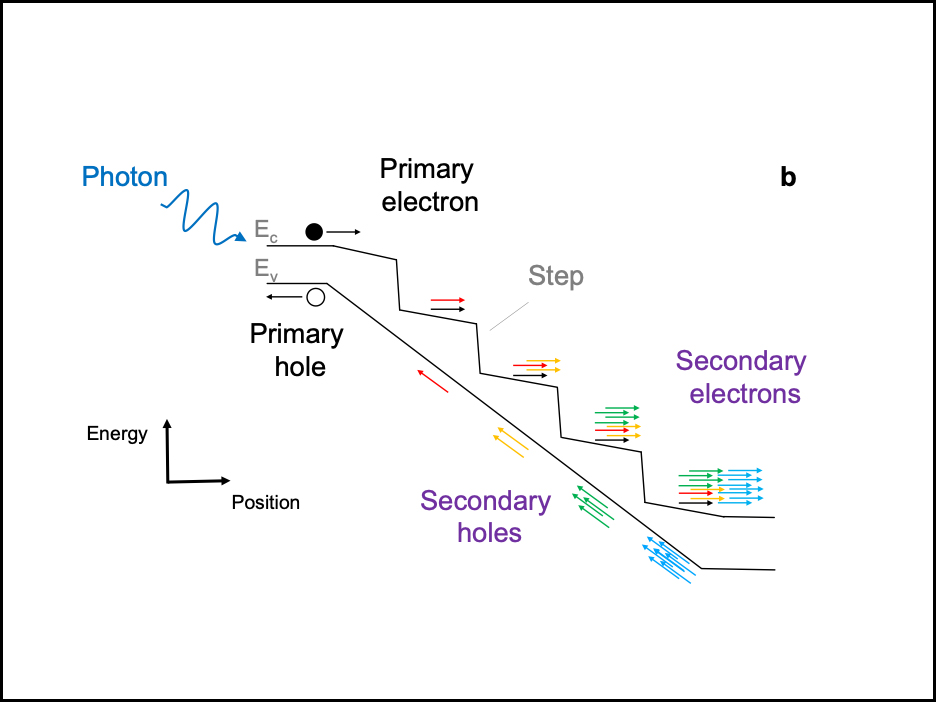2021-06-02 アメリカ合衆国・ヒューストン大学(UH)

・ UH と米国空軍研究所(AFRL)が、シリコーンのような柔軟な弾性材料のフレキソ電気効果を飛躍的に向上させるメカニズムを解明し、その原理を実証。
・ 電気信号による変形や加圧による発電が可能で、センサーやレーザーの作製に有用な圧電効果を提供する天然の材料は少ない。また、硬い結晶構造から構成され毒性を持つことが多く、人体内での利用には適さない。
・ 本研究では、圧電効果が極めて微弱なゴムのようなソフトな材料のユニットセルの鎖を分子レベルで再配置することで電気と機械的な動きの結びつきを作り出し、従来の約 104 倍のフレキソ電気効果を達成した。
・ また、1 個のユニットセルの伸縮性を一定にする方法も特定。フレキソ電気効果の方向が調整可能となり、ソフトロボットやソフトセンサーの作製に役立つ。
・ タスク遂行の可動範囲が拡大したヒューマンライクなソフトロボットや、自然な動きで自己給電するペースメーカー等のアプリケーションが期待できる。
・ 動きによるエラストマーの操作で発電し、デバイスに自己給電する仕組みは、鼓膜が音を受けて振動し、脳がその電気信号を読み取る人間の耳の働きに類似する。
・ 次には、アプリケーションを利用した同原理の試験を研究室で実施する。ソフトエラストマーのフレキソ電気効果のさらなる向上を目指す。
URL: https://uh.edu/news-events/stories/2021/june-2021/flexoelectricity-june-2021.php
<NEDO海外技術情報より>
(関連情報)
米国科学アカデミー紀要(PNAS)掲載論文(アブストラクトのみ:全文は有料)
Flexoelectricity in soft elastomers and the molecular mechanisms underpinning the design and
emergence of giant flexoelectricity
URL: https://www.pnas.org/content/118/21/e2102477118
Abstract
Soft robotics requires materials that are capable of large deformation and amenable to actuation with external stimuli such as electric fields. Energy harvesting, biomedical devices, flexible electronics, and sensors are some other applications enabled by electroactive soft materials. The phenomenon of flexoelectricity is an enticing alternative that refers to the development of electric polarization in dielectrics when subjected to strain gradients. In particular, flexoelectricity offers a direct linear coupling between a highly desirable deformation mode (flexure) and electric stimulus. Unfortunately, barring some exceptions, the flexoelectric effect is quite weak and rather substantial bending curvatures are required for an appreciable electromechanical response. Most experiments in the literature appear to confirm modest flexoelectricity in polymers although perplexingly, a singular work has measured a “giant” effect in elastomers under some specific conditions. Due to the lack of an understanding of the microscopic underpinnings of flexoelectricity in elastomers and a commensurate theory, it is not currently possible to either explain the contradictory experimental results on elastomers or pursue avenues for possible design of large flexoelectricity. In this work, we present a statistical-mechanics theory for the emergent flexoelectricity of elastomers consisting of polar monomers. The theory is shown to be valid in broad generality and leads to key insights regarding both giant flexoelectricity and material design. In particular, the theory shows that, in standard elastomer networks, combining stretching and bending is a mechanism for obtaining giant flexoelectricity, which also explains the aforementioned, surprising experimental discovery.



